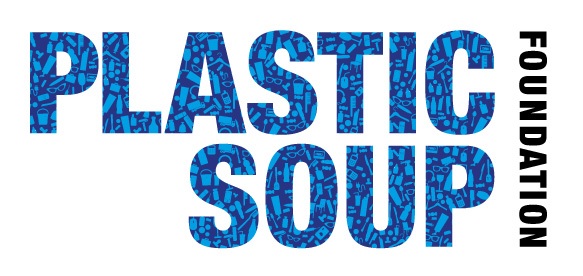25 August 2023
Plastic is everywhere. It can be found on beaches, drifting in the oceans, floating in the air and also ends up in the food we eat. There are multiple ways in which microplastics can enter our bodies. Primarily through inhalation and swallowing, but also through other body openings. These tiny particles less than five millimetres wide have been found in the human digestive tract, lungs and blood. A new study has now also found microplastics in human hearts.
In a study published by the American Chemical Society in Environmental Science and Technology, a group of researchers has found the first evidence that microplastics are present in human heart tissue. The study was conducted by scientists at Beijing Anzhen Hospital in China. The team investigated tissue samples from the hearts of 15 patients between 40 – 75 years of age from across the country. The tissue samples were collected while the patients underwent heart surgery. In addition, the research team also looked at blood samples from 7 of the patients.
ALARMING RESULTS
Although the sample size was small, the results were alarming. The researchers found that heart tissue contained significant amounts of plastic particles. Nine different types of plastic were found in five different types of heart tissue. While there is evidence that some pieces of plastic entered the heart during surgery, there were also particles of a plastic type that the patients had not been exposed to during the procedures.
Microplastics were also found in all blood samples. The fact that significantly higher microplastic particles were found in tissue samples than the corresponding blood samples from the same individual, could indicate that microplastics potentially accumulate and remain in heart tissue. More research is needed to fully understand the effects microplastics can have on cardiovascular health.
It is becoming increasingly clear that plastic is dangerous to human health and the health of our planet.
Photocredit: © Science Photo Library/IMAGO
You might also be interested in:
What are microplastic fibers and why are they dangerous?
Plastic health council as compass for un plastics treaty
Chemicals plastic cause overweight





